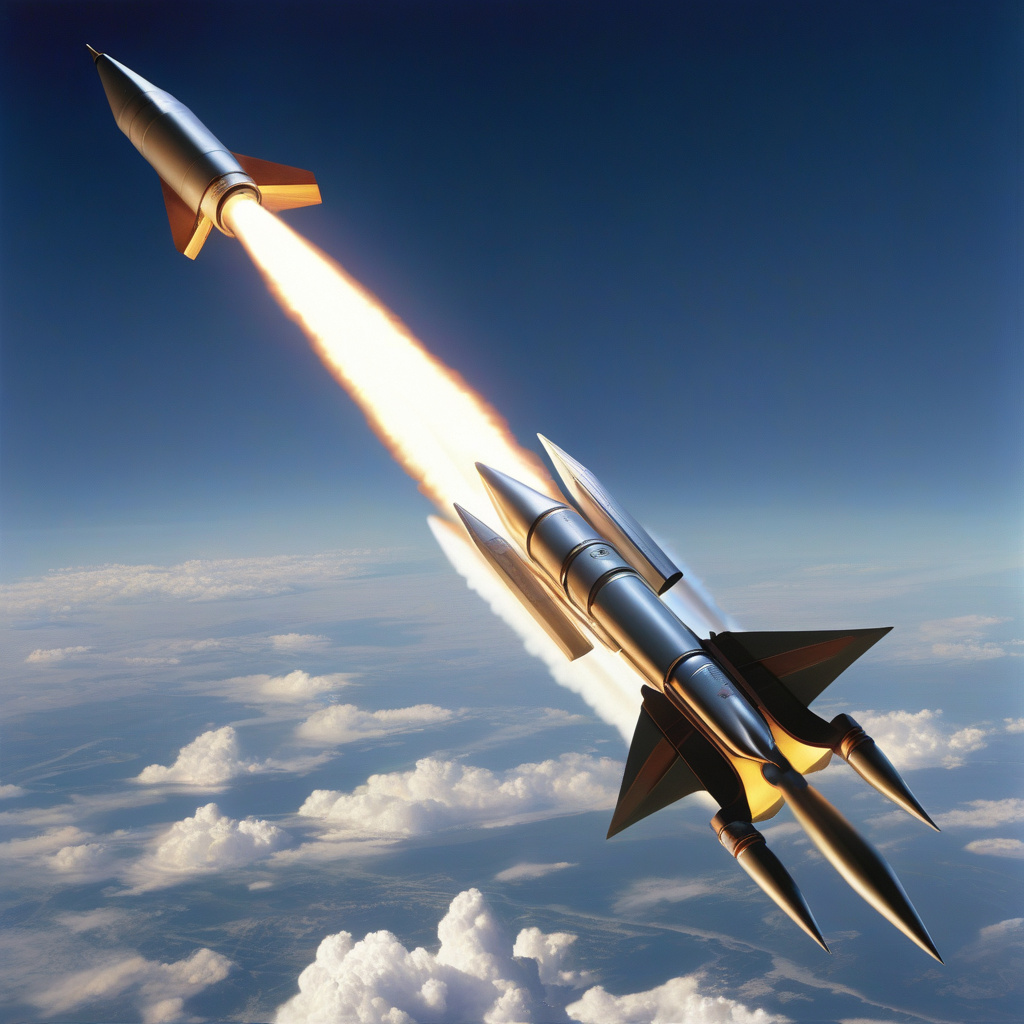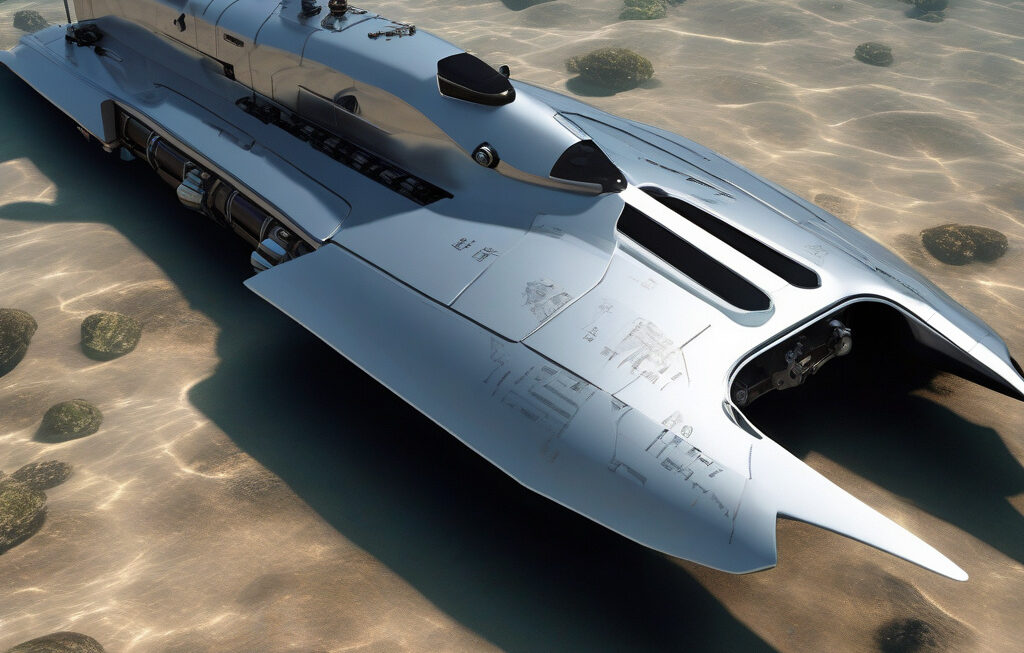US Revives Hypersonic Missile Program that Travels at Over 5 Times the Speed of Sound
A top U.S. defense official has assured that the Air Force will demand funding in the upcoming federal budget to revive the development of hypersonic missiles. These cutting-edge weapons can travel at speeds exceeding five times the velocity of sound, making them incredibly difficult to detect and intercept. The decision to reintroduce this program comes as part of a broader effort to modernize the country’s defense capabilities and maintain a strategic edge over global competitors.
Hypersonic missiles represent a significant advancement in military technology due to their unparalleled speed and maneuverability. Unlike traditional ballistic missiles, which follow a predictable trajectory and can be tracked by existing defense systems, hypersonic missiles fly at lower altitudes and can change course mid-flight. This ability to evade enemy radar systems and deliver precision strikes with unprecedented speed poses a formidable challenge to existing defense strategies.
The revival of the U.S. hypersonic missile program underscores the growing importance of technological superiority in modern warfare. As geopolitical tensions continue to rise, nations around the world are investing heavily in developing advanced weapons systems to ensure their security and deter potential adversaries. The United States, with its long history of military innovation, is once again at the forefront of this technological arms race.
One of the key advantages of hypersonic missiles is their ability to strike targets with incredible speed, reducing the response time available to enemy forces. This rapid engagement capability enhances the effectiveness of military operations and increases the likelihood of mission success. Whether used for precision strikes against high-value targets or for strategic deterrence, hypersonic missiles offer a versatile and potent tool for modern warfare.
In addition to their offensive capabilities, hypersonic missiles also have significant defensive potential. By equipping military forces with these high-speed weapons, the U.S. can enhance its ability to counter emerging threats and protect against potential attacks. The speed and agility of hypersonic missiles make them ideal for intercepting incoming enemy projectiles, providing an additional layer of defense for the nation and its allies.
Furthermore, the development of hypersonic technology has far-reaching implications beyond the military domain. The expertise and innovation required to build and deploy these advanced weapons can drive progress in other areas, such as aerospace engineering and materials science. By investing in hypersonic missile technology, the U.S. not only strengthens its national security posture but also fosters technological advancements that benefit society as a whole.
As the U.S. revives its hypersonic missile program, it sends a clear message to the world about its commitment to maintaining military supremacy and staying ahead of the curve in an increasingly complex and competitive global environment. By harnessing the power of hypersonic technology, the country is poised to shape the future of warfare and ensure its strategic interests are protected for years to come.
In conclusion, the revival of the U.S. hypersonic missile program represents a significant milestone in the evolution of modern warfare. With their unmatched speed and agility, hypersonic missiles offer a game-changing advantage on the battlefield and reinforce America’s position as a leader in military innovation. As these advanced weapons systems continue to develop, they will undoubtedly reshape the strategic landscape and redefine the nature of conflict in the 21st century.
US, HypersonicMissiles, MilitaryInnovation, NationalSecurity, TechnologicalAdvancements












